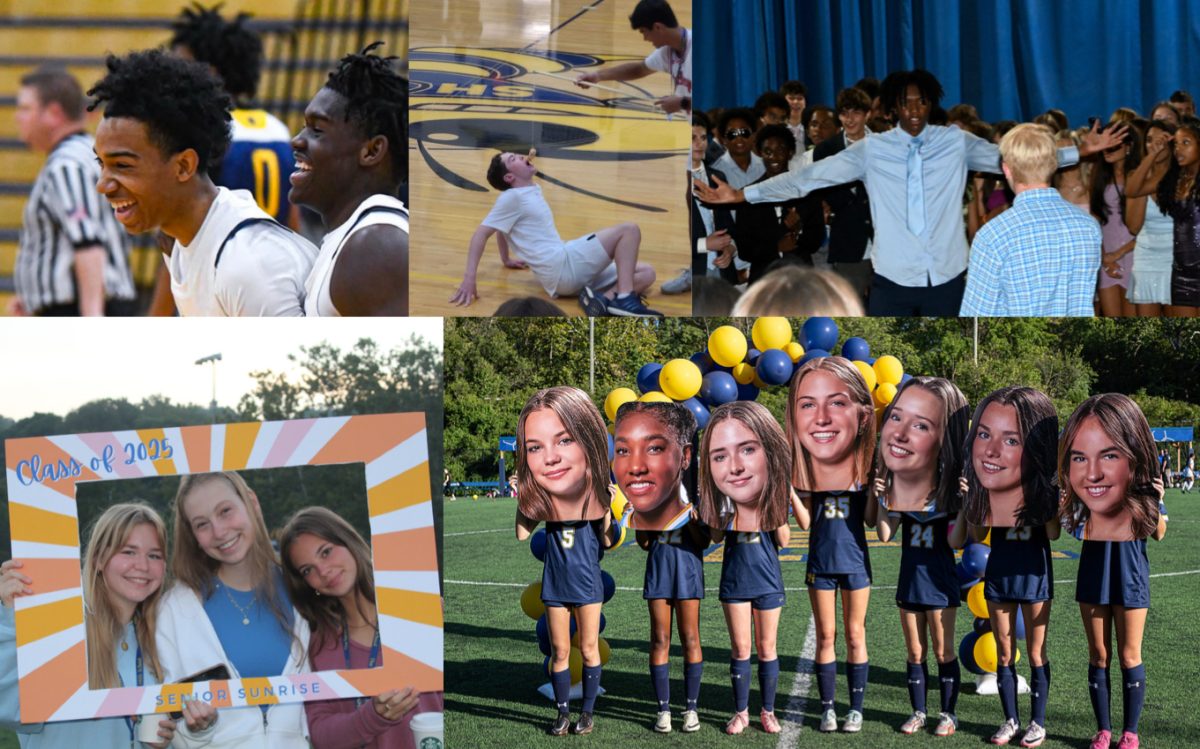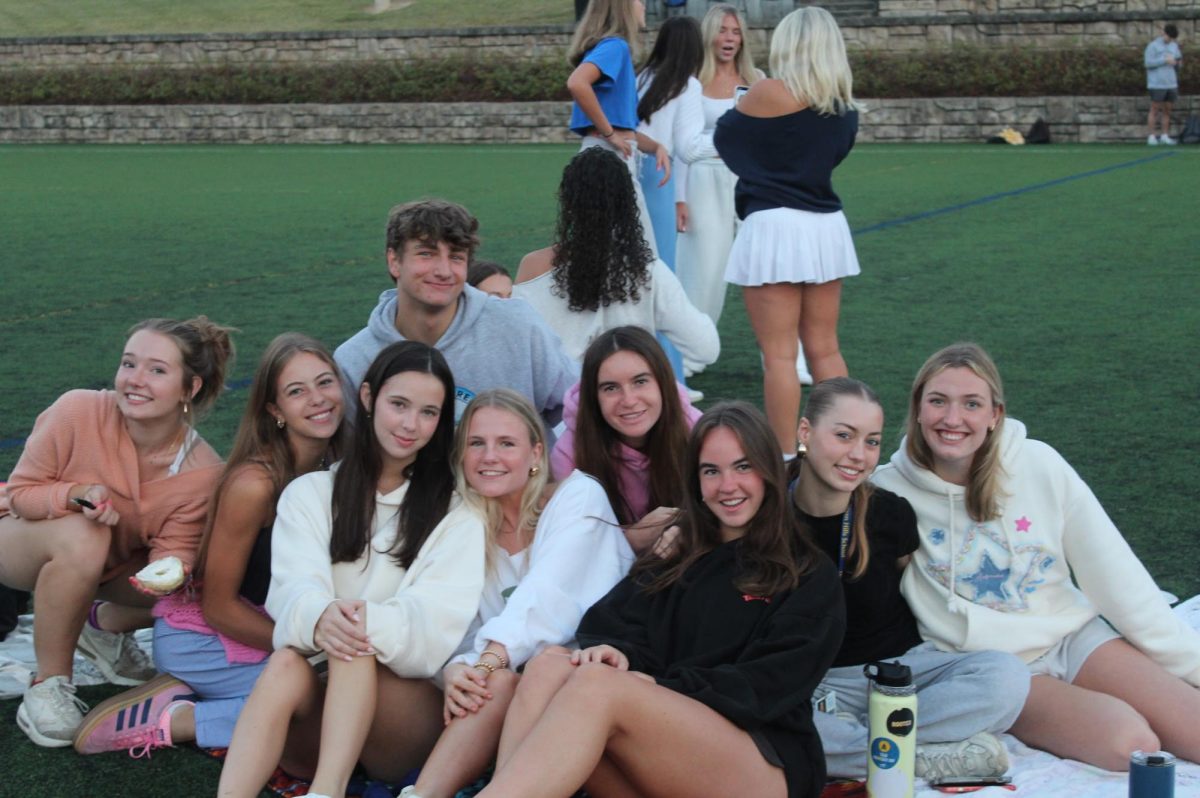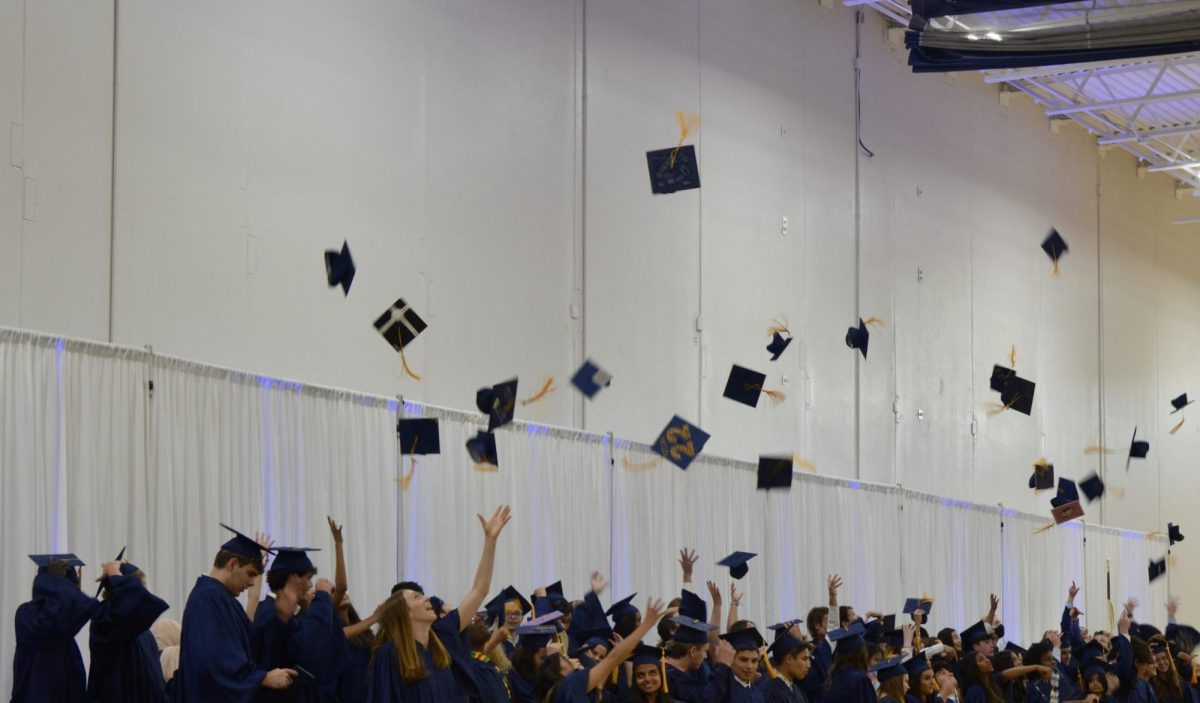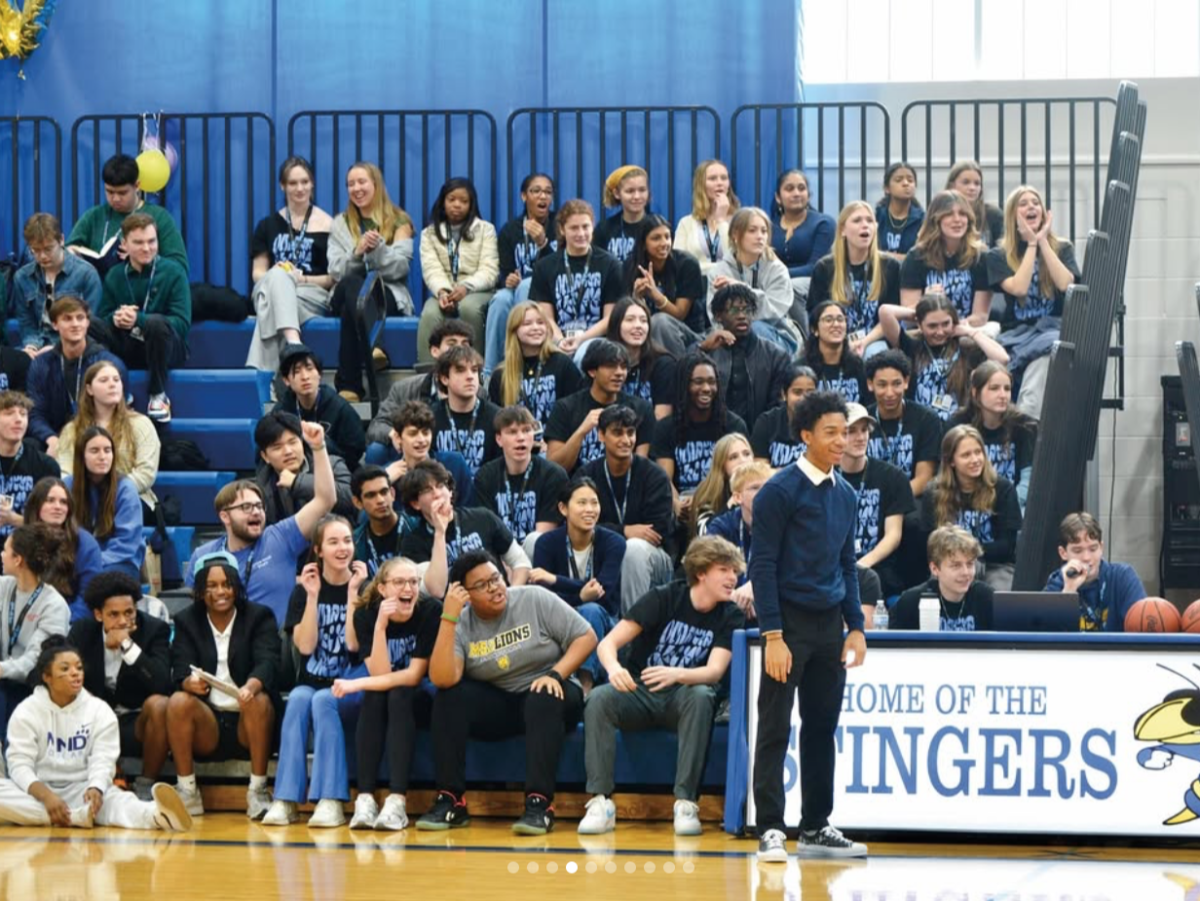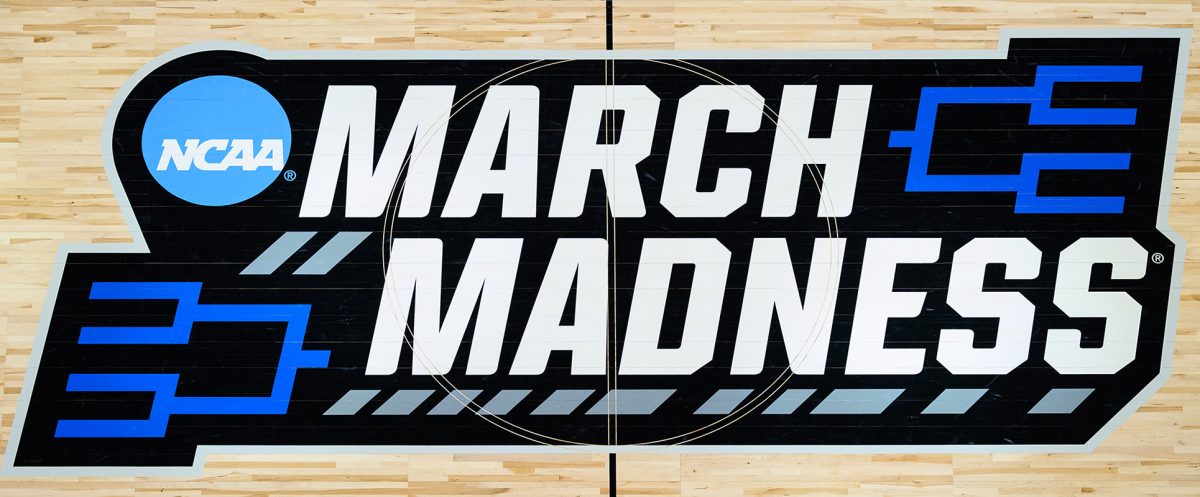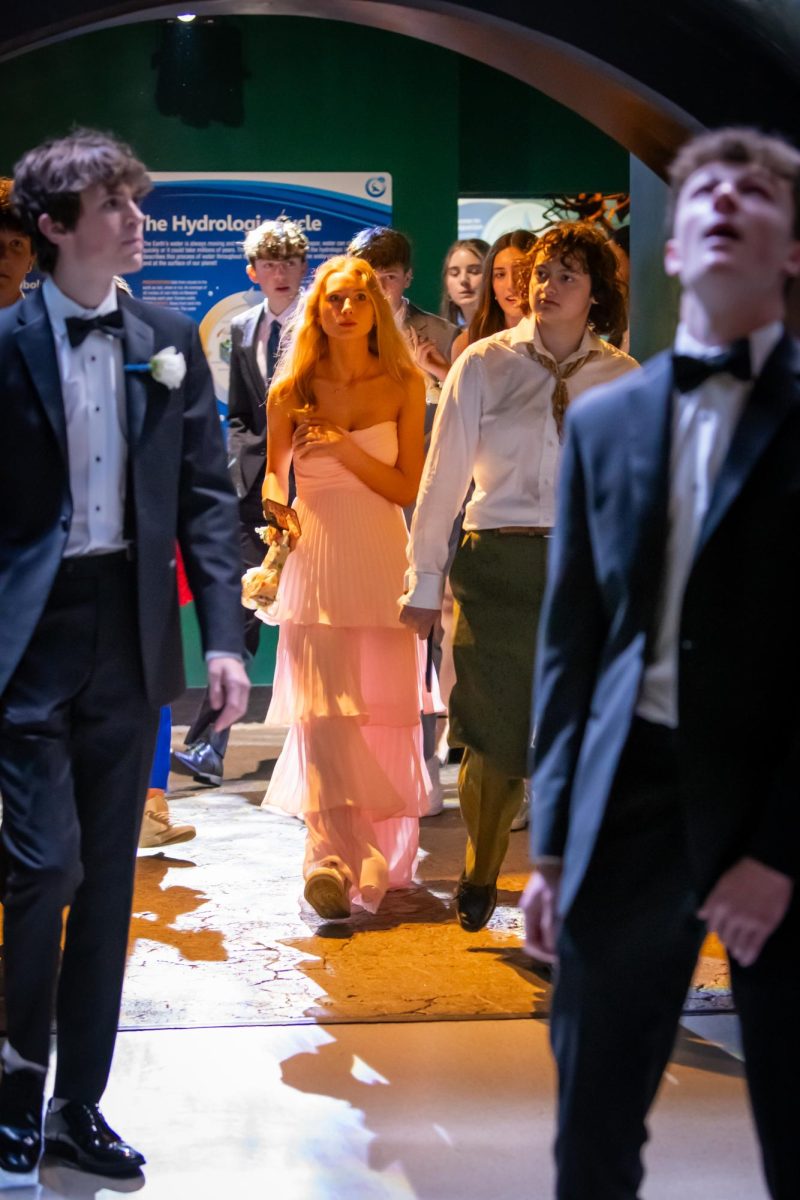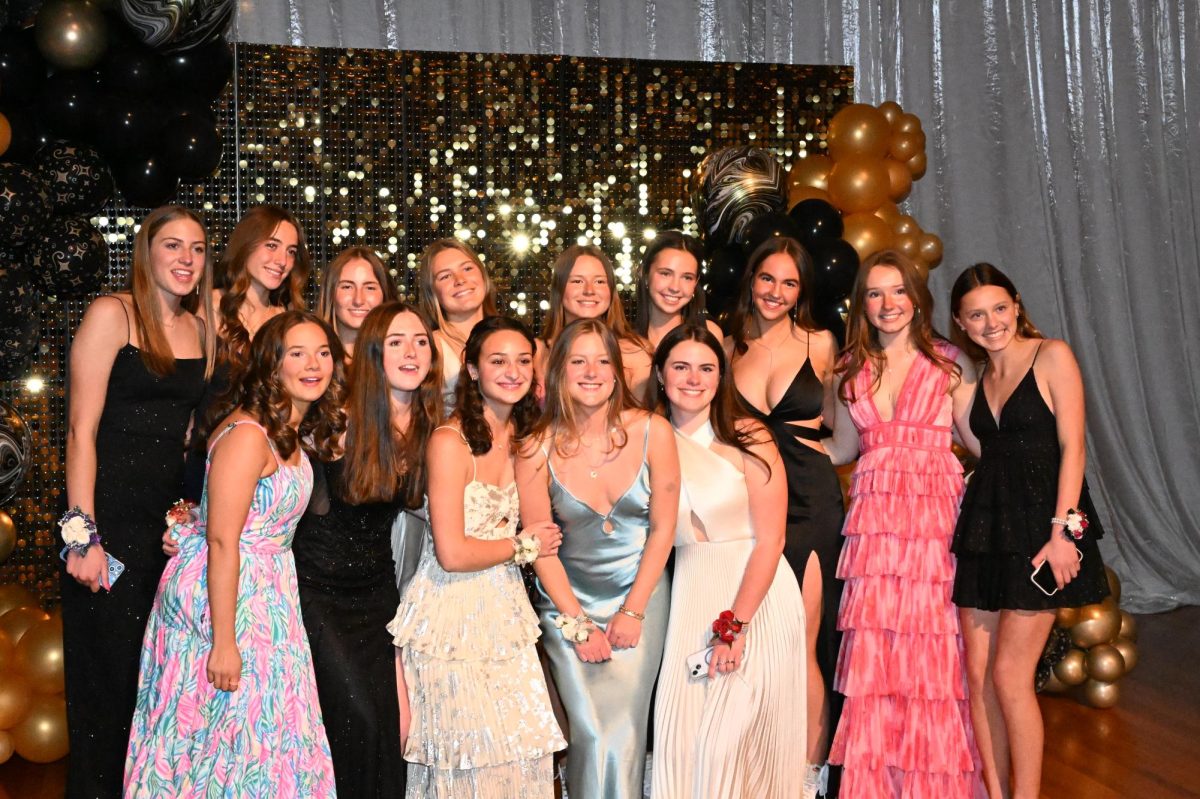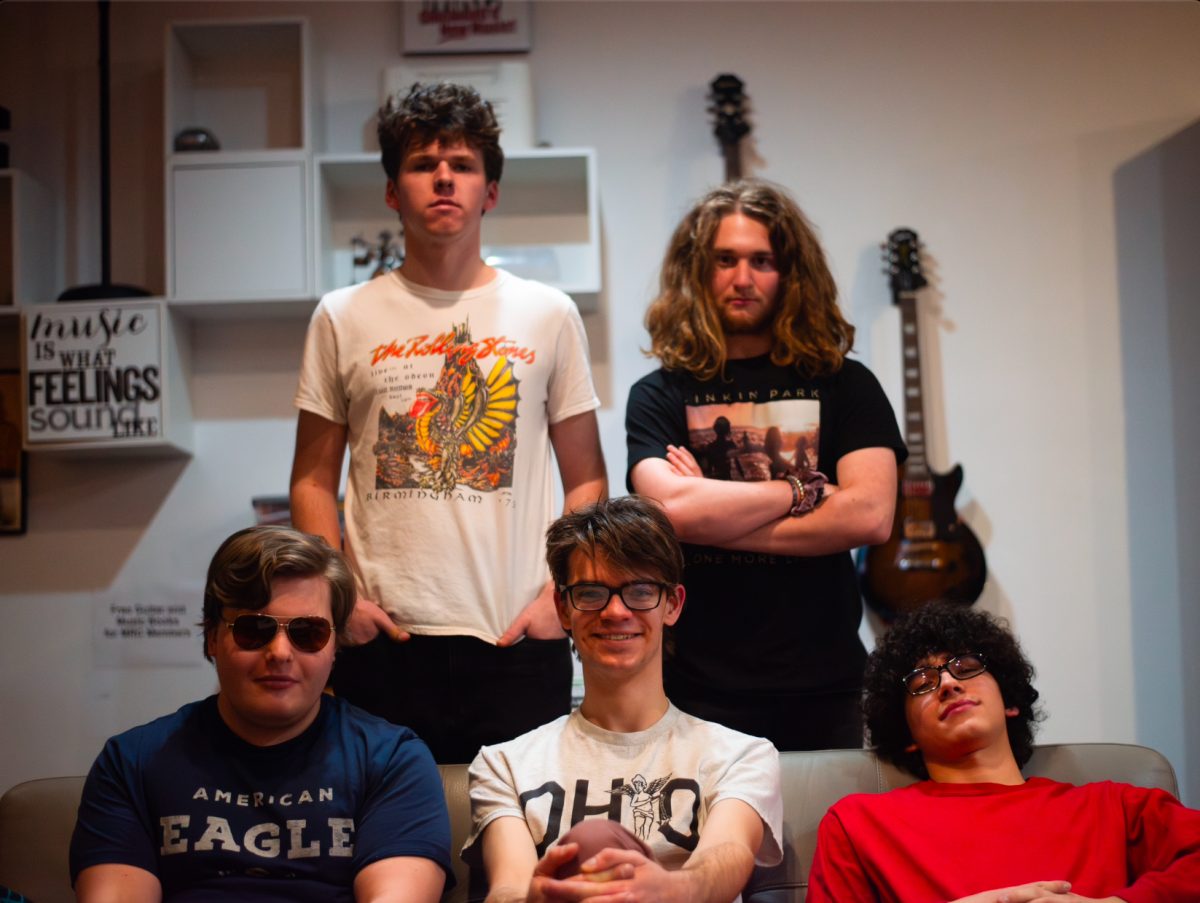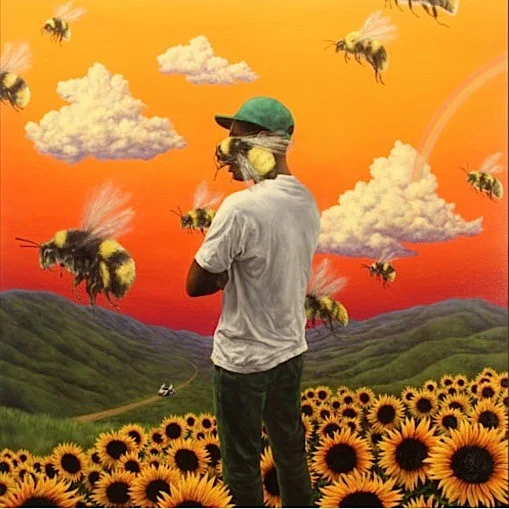At The Seven Hills School, Challenge Projects, which are self-development projects Seven Hills students must complete in order to graduate, have been around for a long time.
Karen Glum, the director of experiential learning who manages Challenge Projects, transferred to the high school from the middle school two years ago. She mentioned that the goals for the projects have been pretty much the same for a while now, even though there might be different terminology and a new approach used.
“It’s really about having students do self-directed learning that would help them to grow and to take on something that would challenge them, and because they went through the challenge, they would have experienced growth,” Glum said.
There are many steps to the Challenge Project. Glum starts the process with students during their sophomore year. She has them fill out a survey to get to know them better, and then she meets with the students individually throughout their sophomore year. Glum helps direct students toward a good idea when she has a sense of a student’s interests or hobbies. She also has brainstorming sessions with students to help them feel supported and to get “creative juices flowing,” Glum said.
At the end of the second semester, there is another meeting with the sophomores to go over the contracts due in September of the student’s junior year. In the fall of the student’s junior year, the committee for the Challenge Projects reviews contracts and decides if the contracts are approved or not. Typically, around 70% of contracts are rejected the first time and must be changed and improved to pass.
The work requirement is thirty work hours on the project itself(the hours do not include buying supplies.) The deadline schedule must be followed if a student wants to be eligible for the Seven Hills Scholar’s Society, and they are due by February first or the student’s junior year, to stay out of disciplinary trouble.
“There are deadlines in place that get progressively more serious,” Glum said.
Once the contract is approved, working on the project begins. If a student would like to use any part or all parts of their project for the college application, they need to have it finished by October of senior year; otherwise, it can be completed by around January or February of senior year.
Nearing the end of the project, the next step is the defense. On a student’s defense committee, they have their advisor, a faculty member who would have an interest in the type of project they are doing and a faculty member of choice. The student creates a presentation for their defense committee, and the committee decides if they pass or not. If the student does not pass, specific changes must be made to pass.
Finally, there is challenge sharing, when all students line the halls and classrooms to share their challenge projects with others.
Senior Alice Bachelder has completed her project and sharing. Bachelder read the book To The Lighthouse by Virginia Woolf four times over the course of a year, journaling while writing. She chose this specific project because she described Woolf’s writing as rewarding after re-reading. “I’ve always been someone who has gravitated toward a process of sustained attention,” Bachelder said.
Along with reading The Lighthouse, she read other supplementary materials that had to do with the process of repetition and sustained attention. She annotated, reflected, and journaled when reading, and afterward, she created a visual collage.
Bachelder took four sheets of transparent plastic film and drew and painted on them. There were also two pages in the middle with some of her annotations and excerpts from the novel. Once all stacked together, they created a final picture. She did this because “the book is really visual,” she said.
While Bachelder’s project is an example of growth, Glum understands that there can always be improvement in how the project is constructed and wants to look at where the students will end up and work her way backwards. She and other committee members discuss whether the current project will help the student grow and how to improve it to fit the student’s needs. She mentioned how she wants to explore more pathways and use the backward design approach to make improvements. “I think we have to look at the end again, and figure out what is the best end to get to and what are the best ways to get to it” Glum said.
From a student perspective, Bachelder mentioned some of the challenges she experienced. She feels that timing can be a bit stressful, especially with the other events seniors have going on. “The deadline can kind of creep up” Bachelder said. She recommends having more infrastructure to encourage students to make progress on the project during junior year and the summer before senior year. Individually, Bachelder mentioned, “I think if I understood how long it was going to take me to do all of the reading, I might have planned that out a little bit more,” she said.
Glum and Bachelder emphasized the importance of choosing the right project for a student. Bachelder had previous ideas for her project, such as reading all of Virginia Woolf’s books; however, she is glad she did not. She was also interested in the other building and art projects that other students have done, “but it might not have aligned quite as well with what I’m interested in,” she said.
Bachelder’s advice for students and faculty has to do with timing, deadlines, and what project to choose. She recommends thinking about the project early on and trying to get a contract by sophomore year because this timing gives a student a lot of flexibility for the rest of their project.
Bachelder also recommends to “choose something that you’re passionate about and interested in,” she said. For her, hobbies were not the path to go, as she finds that people might get less out of pursuing a hobby as a project.
Glum mentioned how, for college transcripts, having a unique and “authentic” story of your life will set you apart from the other students’ transcripts that look like yours, as many students’ transcripts can look the same. The challenge projects give students unique variation on their college transcript, to help set them apart. Add something here…Overall, Glum’s biggest piece of advice is, “When you think about a Challenge Project, if an idea is not making you smile when you talk about it, don’t do it,” she said.



